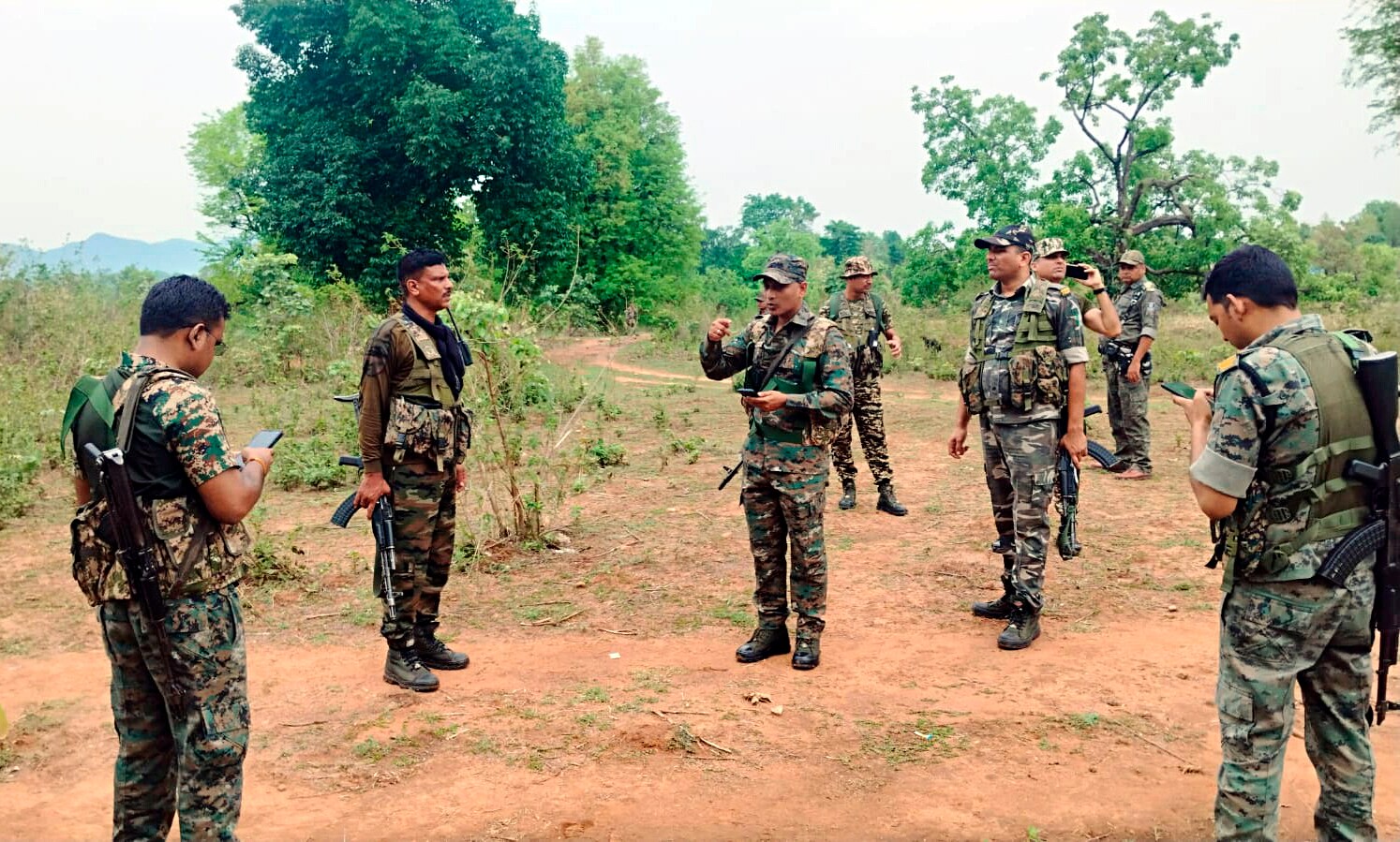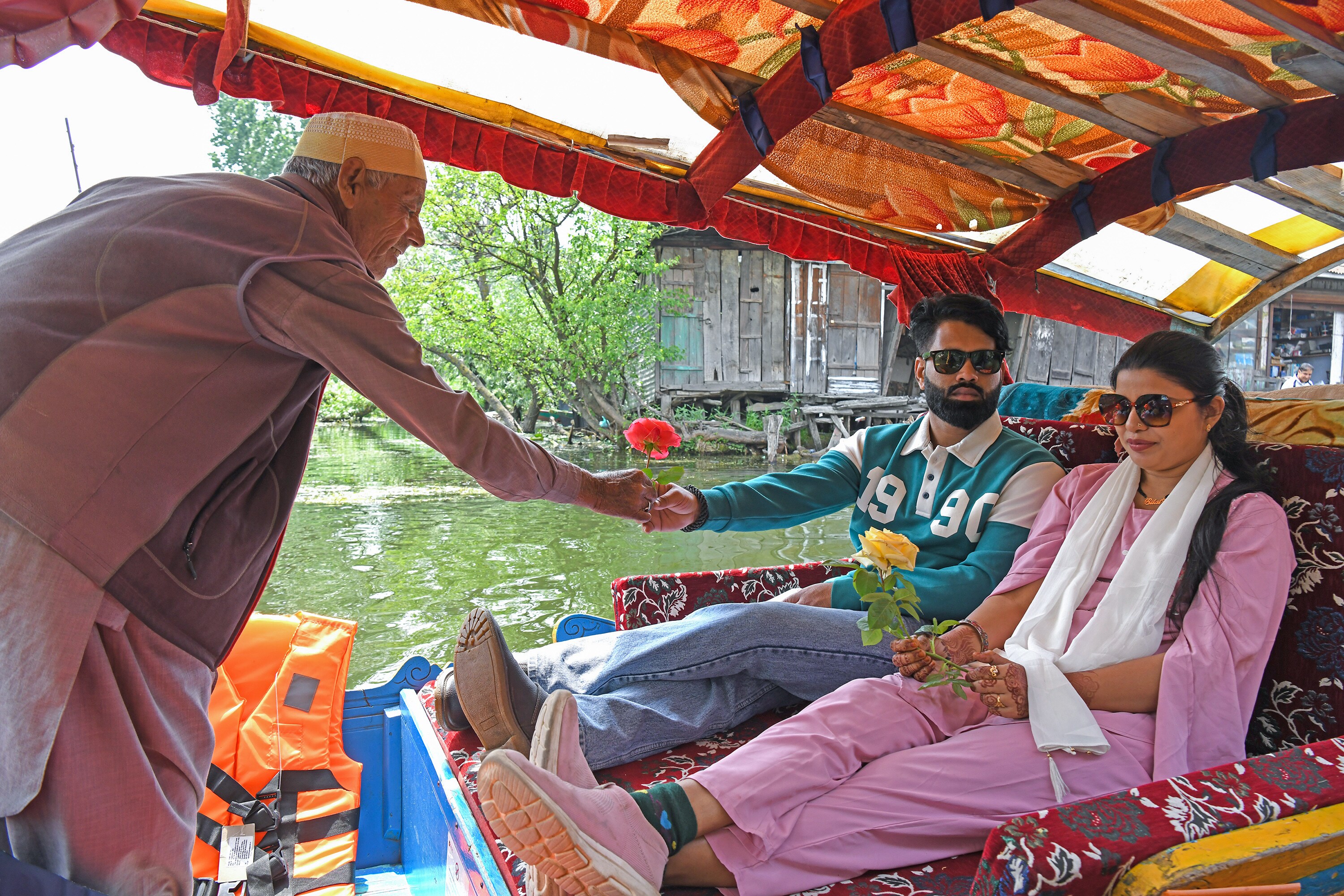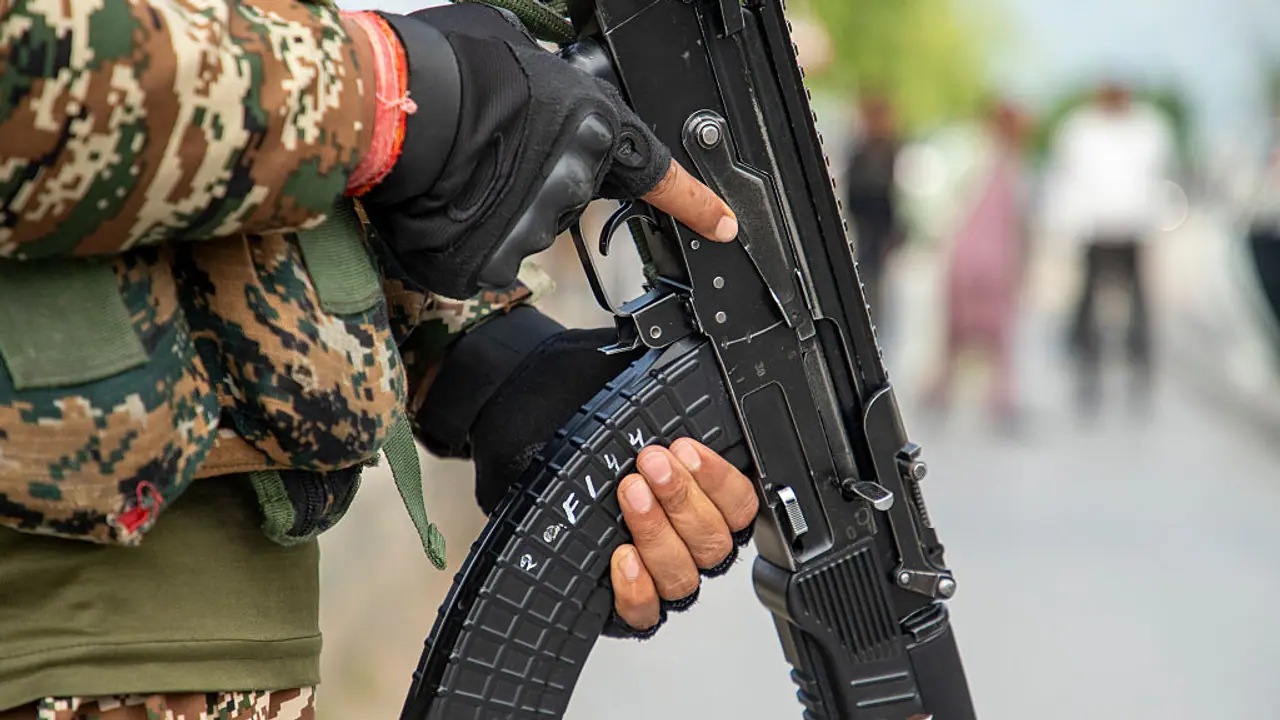India's internal security theatres — Jammu & Kashmir, the Red Corridor, and the Northeast — have reportedly seen a dramatic decline in violence since 2014, driven by coordinated counter-insurgency efforts and peace initiatives.
India's internal security landscape has undergone a dramatic transformation over the past decade, with significant declines in violence reported across the three major conflict zones — Jammu and Kashmir, Maoist-affected regions, and the Northeast — since the BJP-led NDA government came to power in 2014. According to a PTI report official sources, incidents of violence in these theatres have dropped between 53 to 70 per cent compared to the 2004–2014 period.

Red Corridor: Maoist Violence Drops by Over Half
The report stated that Maoist-affected areas have seen a 53 per cent decline in violent incidents — from 16,463 cases between 2004–2014 to 7,744 cases between 2014–2024. The number of security personnel killed dropped by 73 per cent, from 1,851 to 509, while civilian deaths decreased by 70 per cent, from 4,766 to 1,495.
The crackdown on Maoist cadres continued into 2025, with 226 killed, including two central committee members, 418 arrested, and 896 surrenders reported. Last year, 290 were neutralised, 1,090 arrested, and 881 surrendered. Officials said 18 top Naxal leaders have been taken down under a focused “trace, target and neutralise” strategy.
One of the most notable operations this year, Operation Black Forest, led to the killing of 27 hardcore Naxals, while 24 others surrendered on May 23, showcasing the success of enhanced intelligence coordination among forces.
A key milestone was the successful conduct of local body elections in Naxal-hit areas, including first-time voting in 66 locations in Chhattisgarh. Notably, Puvarti village, the birthplace of notorious Maoist commander Hidma, saw voter turnout for the first time since Independence on February 23.

Jammu & Kashmir: Terror Incidents Dip by 69%
Jammu and Kashmir, long troubled by cross-border terrorism, recorded a 69 per cent drop in violence — from 7,217 incidents (2004–2014) to 2,242 (2014–2024). As per the report, the number of deaths due to terror attacks also declined by 68 per cent, from 2,829 to 920.
A striking indicator of normalcy returning to the region is the absence of any stone-pelting incidents in 2024, a stark contrast to 2010, which saw 2,654 such incidents, 132 organised strikes, and 112 civilian deaths. That year, 6,235 civilians and security personnel were injured in stone-pelting episodes, according to data.

Northeast: Peace Deals and a 70% Drop in Violence
The insurgency-hit Northeast has shown the most significant progress as per the report, with a 70 per cent fall in violent incidents — from 11,327 (2004–2014) to 3,493 (2014–2024). Deaths among security forces is said to have come down from 456 to 135, while civilian fatalities dropped by a staggering 85 per cent, from 2,651 to 397.
This turnaround has been attributed to a sustained policy of reconciliation and engagement, with the Centre signing 12 major peace accords with various insurgent groups between 2019 and 2024.


